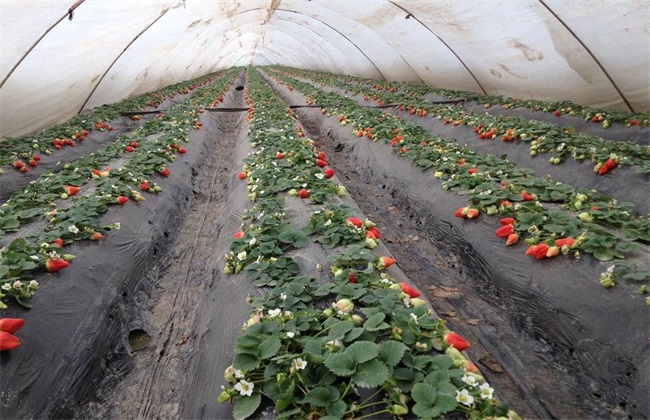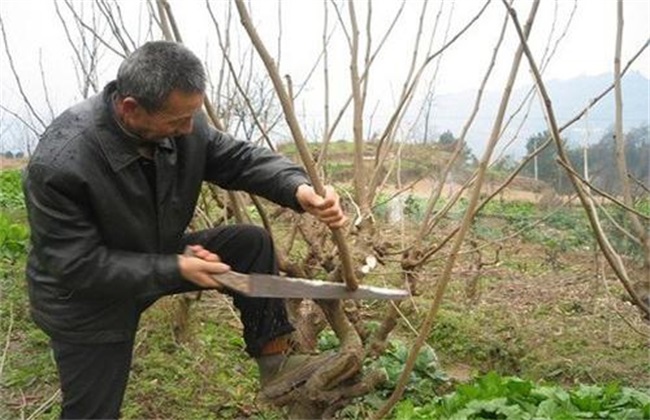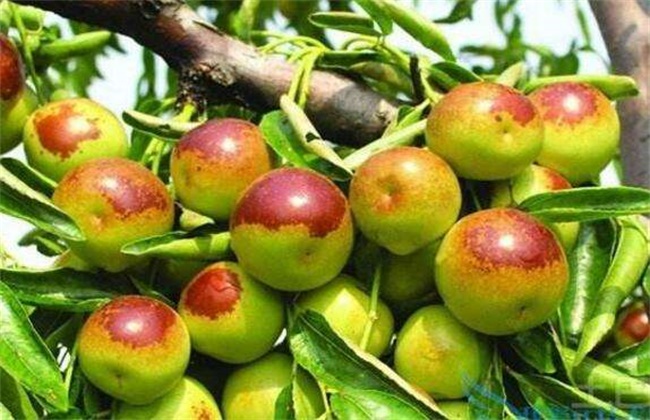Cold-proof Technique of Strawberry Covered with Plastic Film
Strawberry is a kind of fruit with high market price in our country, but even if the market price, it is still liked by many people. Therefore, strawberry planting is still very common, after strawberry planting enters the winter, it is necessary to do a good job of film mulching to prevent the cold. So how to cover strawberries with film? Today, the editor has brought you the cold protection technology of strawberries. Here's a brief introduction. Let's take a look!

1. Covering time and material
Before covering the plastic film, we must first pour antifreeze water on the soil, and the antifreeze water must be fully watered. The watering time should be watered before the soil is frozen, and then covered after about 7 days of watering. When covering, the selection of materials is very important, not only can we use our common mulch. You can also use a variety of crop straws, leaves and fertile soil. If it is covered with soil, it is best to cover a layer of grass first and then cover the soil to prevent damage to strawberry plants when removing the soil.
2. Coverage method
The covering method is actually very simple, just cover the selected mulch directly on the planting plot. However, it should be noted that when covering, it is best to do it in two stages. When the antifreeze water is better and the soil is slightly dry, cover part of the mulch first. Then a few days later, when the temperature does not pick up, cover it all up again. When covering, the thickness of coverage should be controlled according to the local climate and the choice of coverage. Usually the thickness can be kept at about 4 centimeters, if it is grass, then the amount used per mu is about 500 jin.
3. Plastic film mulching
If it is covered by plastic film, then the plastic film should choose polyethylene transparent film. After pouring frozen water, wait until the soil is slightly dry, and then put the whole piece of border surface. Then cover the film according to the direction of the border, and when covering the film, the film should be tightened and then paved. Compact it with stone or soil around, then cover the middle of the plastic film with an appropriate amount of mound to avoid the wind, and then cover the mulch. If there is more snow, then set up a wind barrier to prevent the cold, do not need to cover the film. About 12 meters of wind barrier is set up, which can use a variety of tall food crops, such as sorghum, corn and so on.
4. Remove the mulch
In the following spring, when the soil begins to thaw, the mulch begins to be removed, preferably in two stages. For the first time, when the daily average temperature is above zero, remove some mulch that has been completely thawed. Especially in the case of more rain and snow in winter, it should be removed in time to thaw the subsoil quickly and provide sufficient sunlight for strawberry plants. Then uncover the film for the second time when the strawberry is about to sprout, and the time to remove the mulch should not be too late to prevent damage to the new stem of strawberry.
The above is a brief introduction to the cold protection technology of strawberry film. That's all for today's introduction. This article is for reference only. I hope it can help you all.
Related
- Moge, come on! The staff of the peasant association in the producing area of cantaloupe were frightened when the crowd gathered.
- Causes and Solutions of low Fruit setting rate of Apple
- Symptoms and control measures of passion fruit virus disease
- Fruit growing lesson: how do apple orchards keep high yields?
- Can you build orchards in the mountains? What are the pros and cons?
- How to manage the coloring period of Crisson grape?
- This paper introduces the processing technology of two kinds of fig products.
- How much is a month for retired teachers in rural areas by 2020?
- How can strawberry planting increase sugar content? We should pay attention to management in many aspects.
- What are the cultivation techniques on how to improve the yield of golden fruit?



